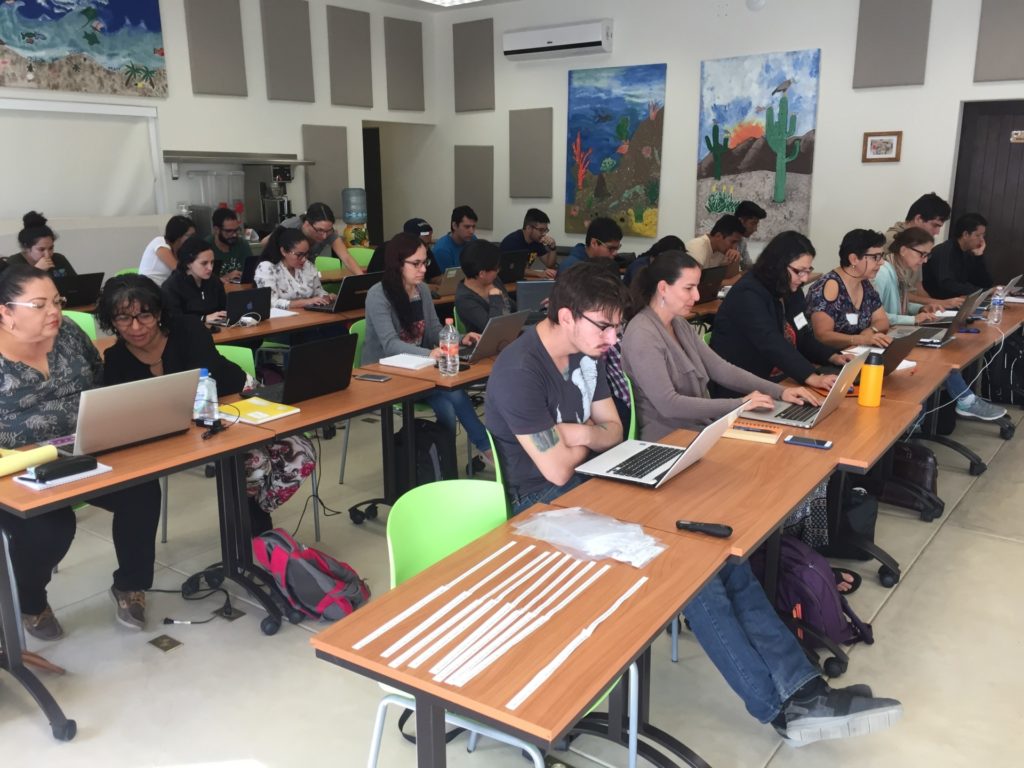My Bio
Name: Mr. / Girgis
Position : Education Researcher
E-Mail:
girgishanna027@gmail.com
My Blog Links
https://mrgirgis.blogspot.com/
Click below:
to go to any of my Blog post
pages you like to go through:
9-Mind-mapping in teaching. By : / Mr . Girgis
8-Active Learning. By : / Mr . Girgis
1-Guest post guidelines By : / Mr. Girgis.

Internet-based
learning method

Mr. / Girgis
introduction:
The Internet is a valuable information tool,
but users often struggle to
locate good quality
information from within the vast amount of
information available.
The aim of the study
was to identify the online information resources
available to assist students develop Internet
searching skills, and to
explore the students'
priorities in online guides.
A qualitative approach was adopted with two phases.
The first was a structured search of available online
study skills resources. The second
comprised 10
group interviews with a total of 60 students at all
stages
of five undergraduate health and social
care related courses at a UK
university.
The study found that there were good online
guides available, but that,
perversely, the better
guides tended to require the best searching
skills to locate them. A few students were
enthusiastic about using online support, however
the majority felt that if they had the skills to
locate such resources they wouldn't use a
study guide to improve these
skills, and if
they did not have the skills they would not
think of using an online guide to develop them.
Students wanted assistance when they had
problems or questions, rather
than sites that
offered structured learning experiences.
Personal support rather than virtual support
was also considered to be most important
to the students in this study.
Internet-based learning method refers to the educational
approach that utilizes online technologies and digital
resources to facilitate teaching and learning activities.
This method offers flexibility, accessibility, and a wide
range of multimedia tools to enhance the learning experience.
Key features include:
Online Courses and Modules:
Structured lessons delivered via platforms like Moodle,
Canvas, or proprietary systems.
Virtual Classrooms and Webinars:
Live interactive sessions using tools such as Zoom,
Microsoft Teams, or Google Meet.
Multimedia Resources:
Videos, podcasts, e-books, and interactive simulations
to support diverse learning styles.
Discussion Forums and Chats:
Platforms for peer interaction, collaboration, and
instructor feedback.
Assessments and Quizzes:
Online tests and assignments to evaluate
understanding and progress.
Self-paced Learning:
Learners can progress at their own speed,
accommodating individual schedules.
Advantages of internet-based learning include:
- Accessibility regardless of geographic location.
- Flexibility in timing and pace.
- Cost-effectiveness by reducing travel and material costs.
- Opportunities for lifelong learning and professional development.
Challenges may involve ensuring reliable internet access,
maintaining student engagement, and providing effective
support.
This method is widely adopted in higher education,
corporate training, and informal education to meet
the evolving needs of learners worldwide.
Benefits of Internet-based education:
Flexibility to pursue education at personally convenient times.
Ability to take time to compose thoughts contributed to class
discussions on newsgroups or list service.
Ability to interact with classmates in different locations using
real time text, audio, or video.
Reduction or elimination of travel cost to attend lectures.
Wider range of students in a
class (regional, national or
global participation) resulting in a wider
range of opinions
and views shared in class discussions.

Problems of Internet Based Learning:
Lack of motivation can lead students to drop out.
Students may not be able to express themselves as well
using the computer based communication methods
Cost of computer equipment and
communications
infrastructure may limit the number of students that
can
afford an Internet-based course.
Students will have a lack of technical support in their
homes to use the software tools needed in the course.
One of major problems with Internet-based learning
is the isolation
that students feel from their instructors
and ineffective methods
for dialog.
E-mail communication helps to some extent but lacks
the visual cues and facial expressions that convey
messages of
understanding, or lack of comprehension,
of questions and responses
between the student
and instructor.
Group discussions on newsgroups
provide
students a chance to compose their thoughts,
but lack
some of the dynamics on classroom
discussions and favor students
that are comfortable
with e-mail and newsgroups. Low cost interactive
video over the Internet provides students with
some of the dynamics
of a classroom discussion
but lack methods to moderate or facilitate
discussions.
Real time interactive video solves many of the above
problems but raises the cost of the system to such a
high level
that it limits those that can access the system.
Thus, type of
interaction needed by the students will
determine which technology
is most suited.

Benefits to the instructor:
1-Lower cost in electronic publication of course material
compared to printing the same material.
2-Faster methods for electronically revising and
re-distributing course materials and documentation
compared to print materials.
3-Using
the World Wide Web for delivering courses
allows instructors to develop
content a single platform,
yet the content is accessible by students
using a wide
range of WWW browsers.
4-Ability to re-use lecture materials by simply providing links
5-Ability to automatically track student's online behavior.
6-Having automated registration and billing using commerce
WWW servers.
7-Larger number of students can take courses .
8-Automation of the student evaluations with online
interactive quizzes
How Internet can be used
in education?
The Internet in education can expand the knowledge
of students, teachers, and parents. ... Students can
use the internet to convert their theoretical knowledge
into practical. The Internet provides the facilities for
students to do the experiments, research, and
development.
Internet, the most useful technology of modern
times which helps us not only in our daily lives
but also in professional lives.
For educational purposes, it is widely used to
gather information and to do research or add
to the knowledge of various subjects.
Internet plays a very vital role in education.
Changes that result from new
technologies :
A shift from classroom lectures to computer
networked access to educational resources .
A shift from student as a passive recipient of
education to a self-directed student learning.
A shift from individual learning to team learning.
A shift from homogeneous and stable educational
content to fast-changing content presented in a
wide range of formats.
learning styles:
1-Visual or Spatial Learning
- The ability or preference to learning information
using graphical images and 3D models of objects.
Internet technologies that support this
type of learning
include the World Wide Web and all its images,
and 3D
modelling languages such as
(Virtual, Reality, and Modelling Language).
2-Musical and Sound Learning
- The ability or preference to use of music and sound to
understand
educational material. Internet technologies
that support this type of
learning include downloadable
sound files on WWW and real time on-demand
audio.
3-Intra-Personal Learning
- The ability or preference to learn by encouraging or
requiring
students to understand their own feelings,
interests, goals, etc
4-Inter-Personal Learning
- The ability or preference to learn by discussing with others.
Internet technologies that support this type of learning include
text,
audio and video conferencing, e-mail, discussion mailing
lists,
newsgroups.
5-Linguistic-Based Learning
- The ability or preference to learn by understanding words
and
language and reading.

'Connecting over
Skype makes learning an adventure!
It brings the curriculum to life by
experiencing real-time
the people, places and things we are studying.
This dramatically changes my students’ engagement.
Best of all, my
students learn empathy for others, becoming
compassionate global
citizens.








No comments:
Post a Comment